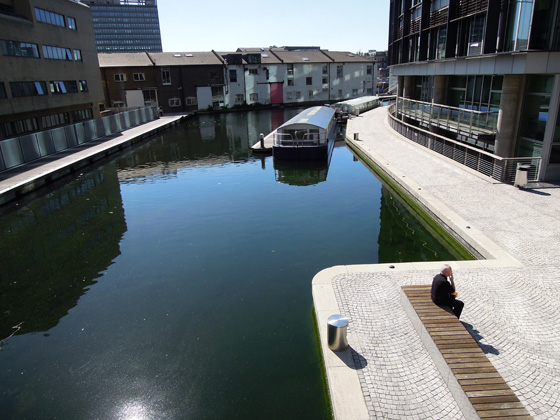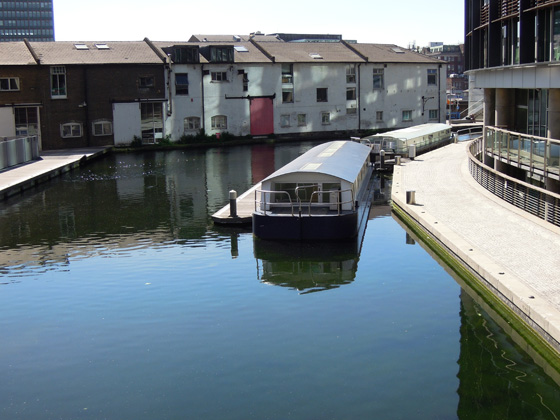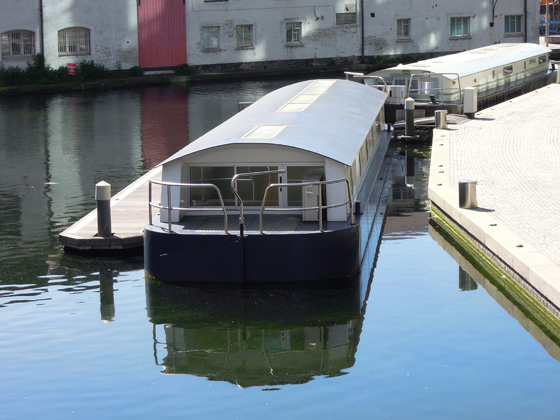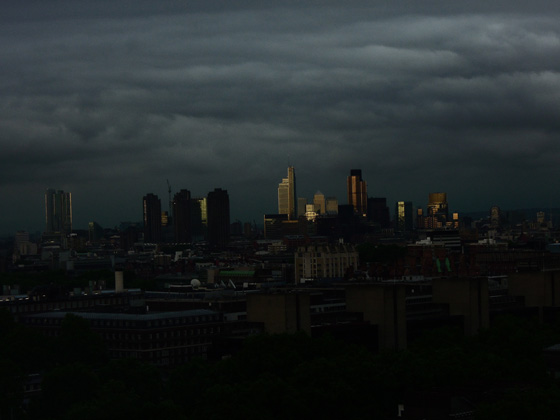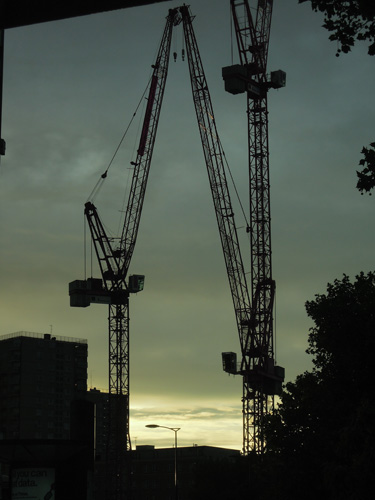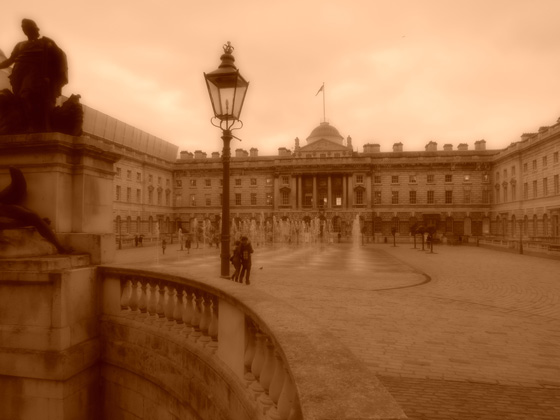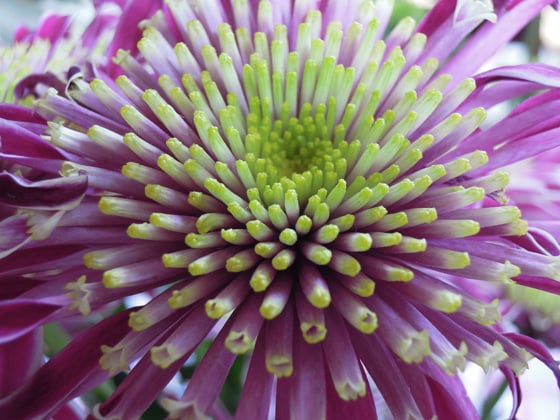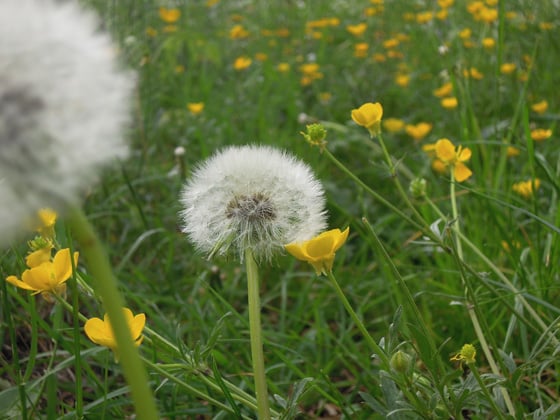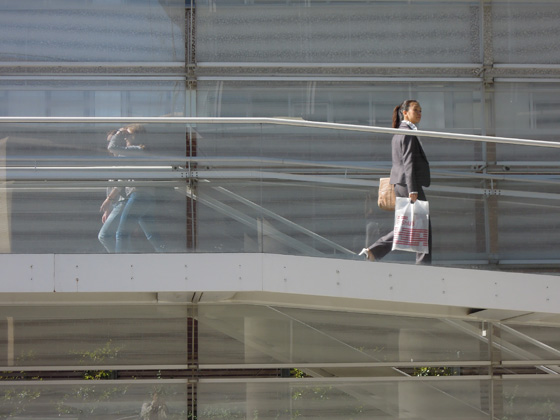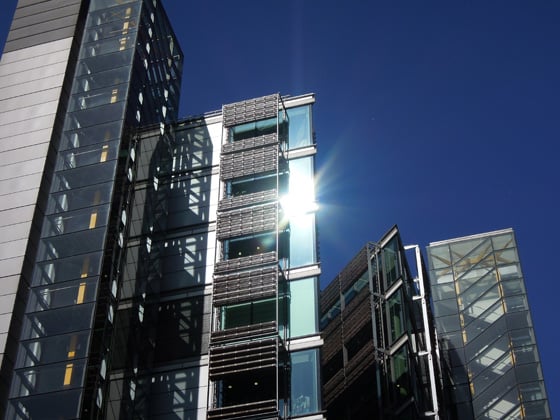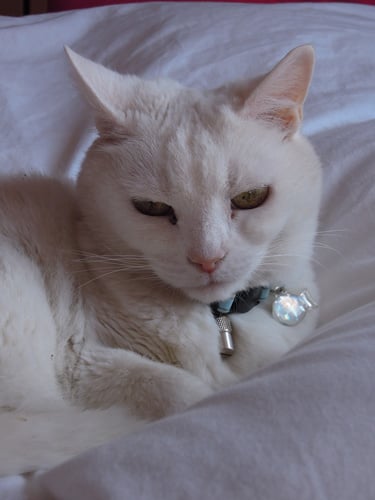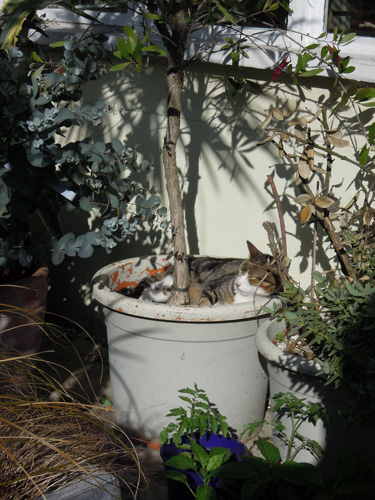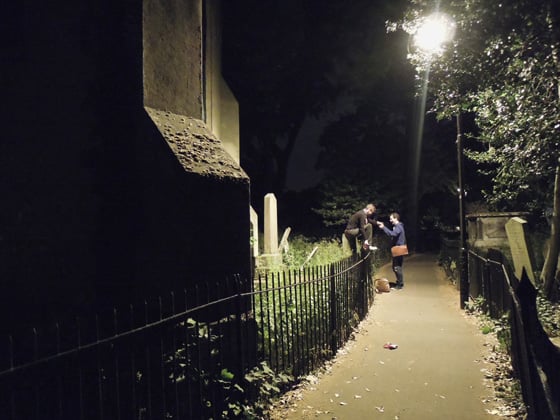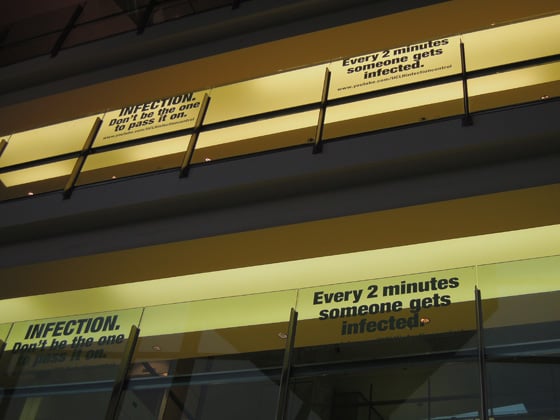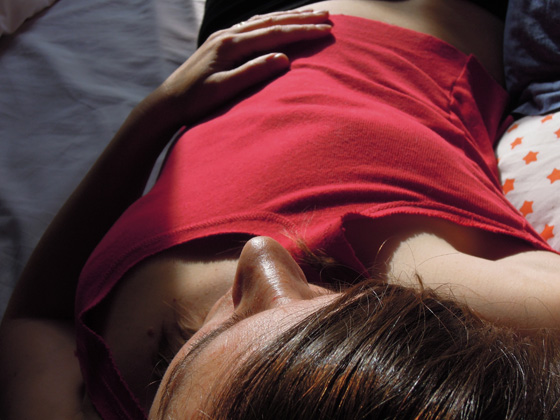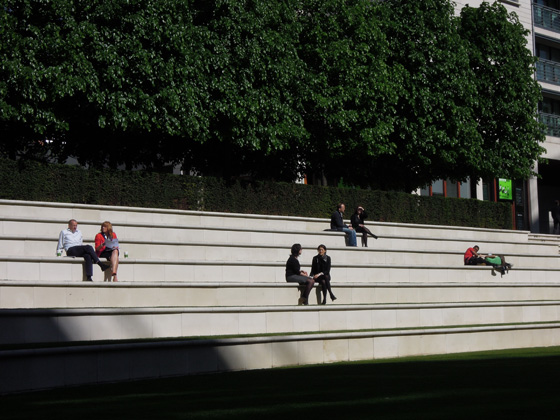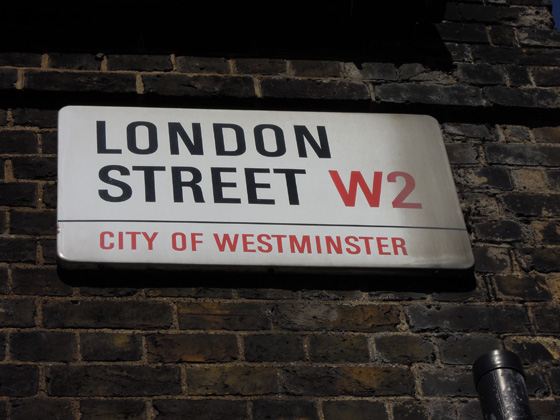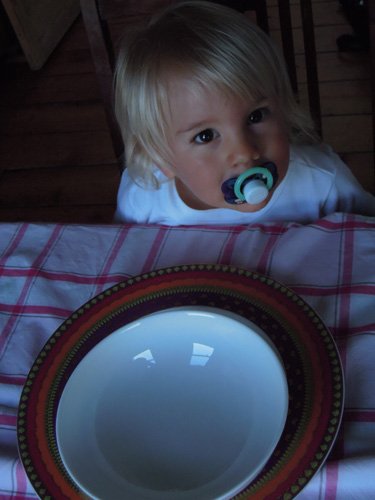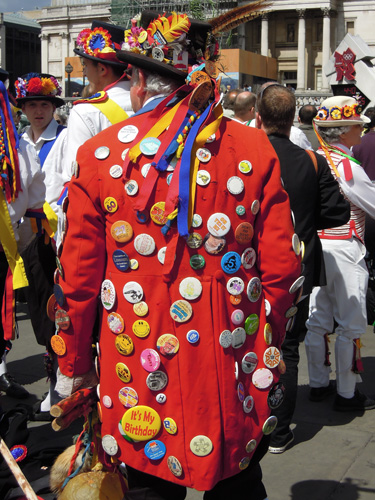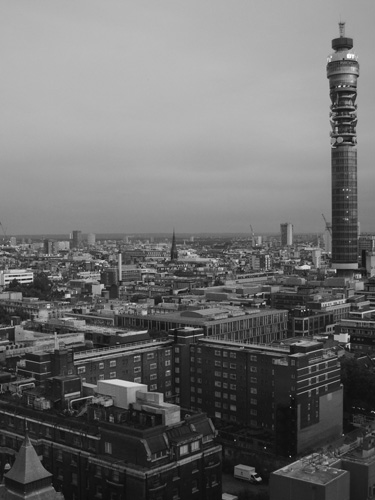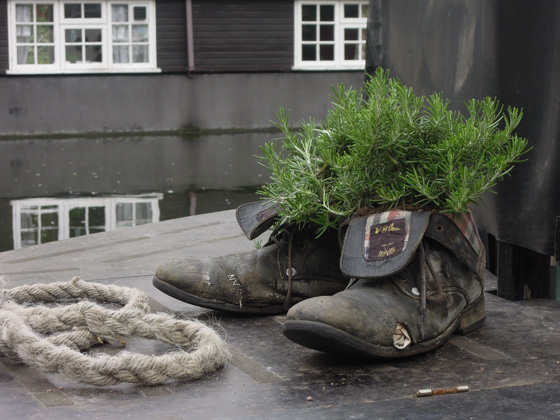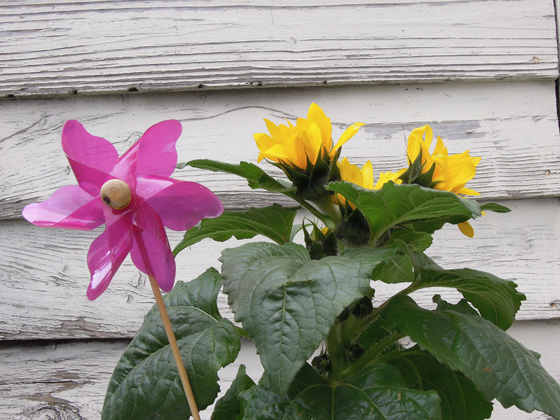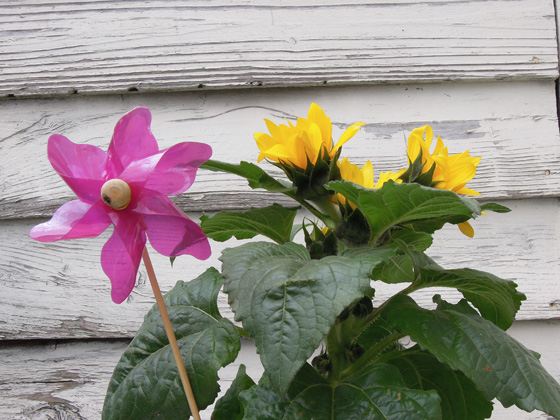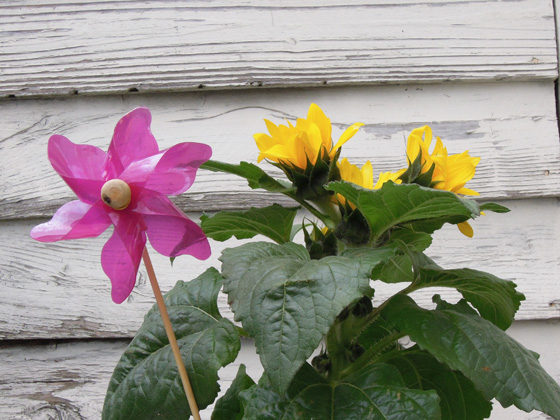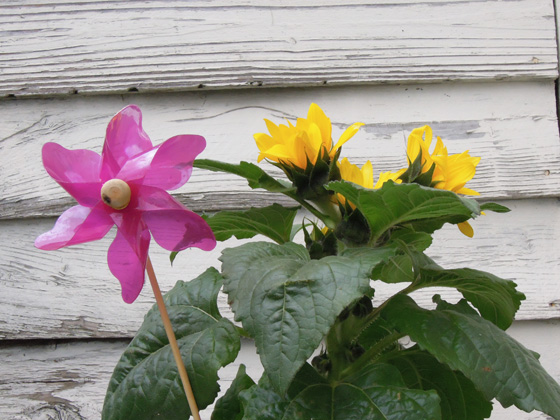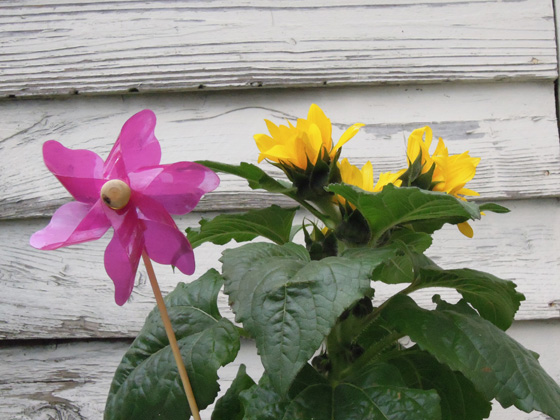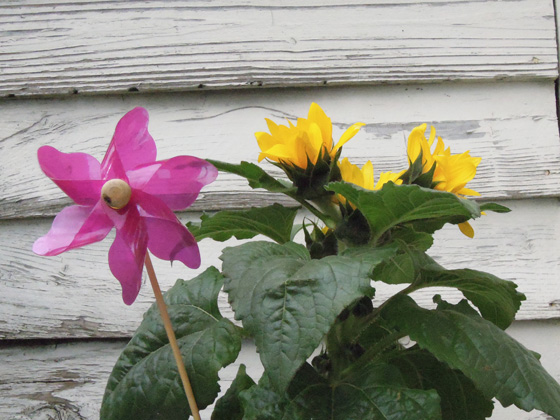Original URL: https://www.theregister.com/2011/06/10/review_nikon_coolpix_p300_compact_camera/
Nikon Coolpix P300 compact camera
Manual dexterity
Posted in Personal Tech, 10th June 2011 06:00 GMT
Review Nikon's endeavour to rein in Canon’s success in the compacts market has seen the Coolpix P7000 released as a direct competitor to the Canon PowerShot G12. By introducing the P300, Nikon's first pocket-sized advanced compact, the company seems keen to cast a shadow over the Canon PowerShot S95.
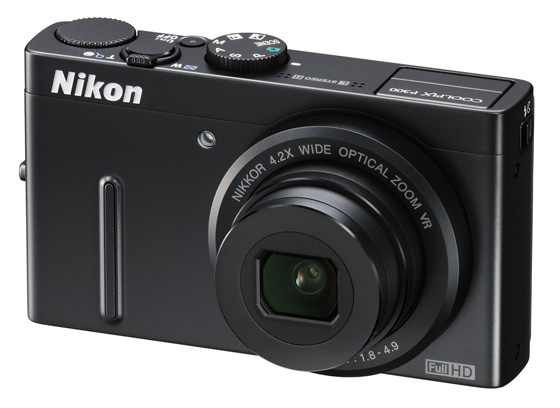
Small wonder: Nikon's Coolpix P300
Aimed at serious enthusiasts, the Nikon P300 showcases attractive features with its 12.2Mp, back-illuminated CMOS image sensor married to Nikon's Expeed C2 image processor. This combination delivers a sensitivity up to ISO 3200, along with an impressive 8fps continuous shooting at full resolution, plus 1080p HD video recording.
The jewel in the crown is the fast f/1.8-f/4.9, 24-100mm (35mm equivalent), high refractive index zoom lens with optical stabilisation. It offers decent wide-angle shooting and useful, rather than spectacular, telephoto magnification. At at 920k dots, the 3in LCD screen – albeit the same size screen as the Canon PowerShot S95 – has almost twice the resolution, delivering very good viewing angles from this crisp, bright display.
The Nikon P300 is essentially a rectangular black box measuring 103 x 58 x 32mm and weighing 190g with battery and SD memory card. The metal body is solidly built and feels good in the hand. The grip is aided by a raised rubber strip at the front and a small thumb rest on the back. Together these work well to make handling such a little camera feel safe and comfortable, allowing for easy one-hand operation too.
The front of the camera is devoid of any controls, featuring only the retractable zoom lens, while the top plate houses both the Mode dial and the Control dial, used to adjust shooting parameters and to review images in playback or to access menu options. Hidden away on the top left corner of the camera there is also a built-in flash that can be manually activated by a switch on the side of the camera.
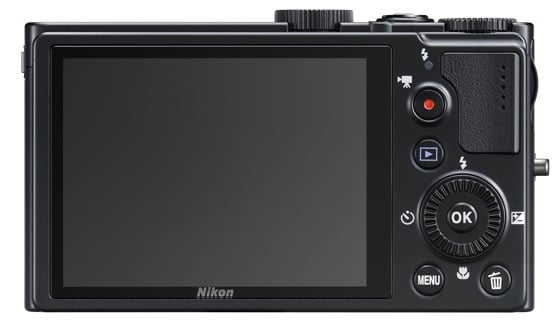
Familiar layout plus a video recording button to avoid dialling it in
On the back, there are only four dedicated buttons – direct movie recording, Playback, Menu and Delete – and a navigation wheel that also doubles as four-way controller giving access to Flash Mode, Exposure Compensation, AF mode and Drive modes. The Nikon P300 offers several shooting modes: the conventional Auto, Program Auto, Shutter Priority, Aperture Priority, Manual, and Scene modes plus a Backlighting and a Night Landscape option.
Photo montage
In Backlighting mode the camera combines three different shots taken with different exposures to reproduce a richer tonal range. The P300 applies similar technology to allow low light handheld photography by combining several shots captured at high shutter speed into one final frame, thus avoiding the need for long exposure times.
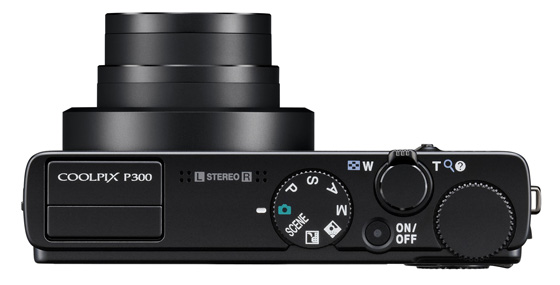
Easily tweakable controls
Unusual for a compact, the Nikon P300 provides effective manual control by using the top plate and rear dials as dual controls for setting the aperture and shutter speed in much the same way a DSLR would. For expert users the lack of any customisable option will be a huge disappointment but, overall, controls are logically placed, sturdy enough not to be accidentally activated and designed for a pleasantly tactile experience.
The P300 uses the same easy and clear menu found on most Nikon compacts yet accessing them is hampered by the notable absence of a Quick Menu button to enable immediate access to frequent settings such as ISO, White Balance, AF mode. Indeed, more creative users will find the four steps necessary to change these settings quite tedious. Another disappointment for expert users is the lack of RAW capture, a feature we now come to expect in every high-end compact.
In designing this new Coolpix, Nikon invested in performance, lens brightness and sensor sensitivity rather than sensor size. Whereas the Canon Powershot S95 has a larger 1/1.7in sensor, Nikon’s P300 sensor is 1/2.3in 12Mp CMOS sensor, a size generally employed by average, rather than high-end compacts.
Nikon’s justification for this choice is that the P300’s sensor is back illuminated, a technology that increases sensitivity by delivering more lights onto the pixels and that a smaller sensor size allows for faster processing speeds, which make complex composite operation such as the Easy Panorama or the Night Landscape functions run smoothly.
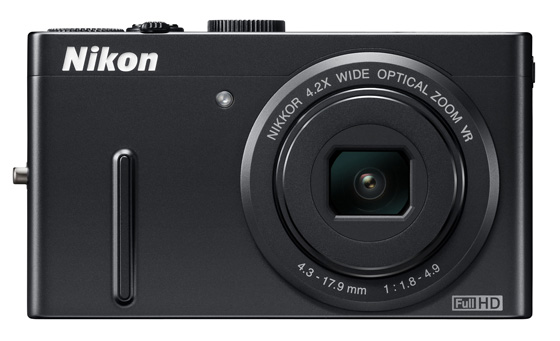
Continuous capture at 8fps will ensure this compact has its share of fans
Certainly the Expeed C2 image processor’s resolving power applied to a normal compact-sized sensor delivers great performance results, making the P300 one of the fastest compacts ever. Starting up is less than a second, shot to shot times and shutter response are very good but the truly astonishing accomplishment is the P300 ability to continuously shoot up to 8fps at full resolution, a feature that will make sports and wildlife enthusiast photographers purr with pleasure.
Sample Shots
Focal tests: 24-100mm zoom
In-camera effects
Sample Shots
Sample Shots
ISO Tests
Sharp shooter
Autofocus performance is also excellent producing accurately focused images even in dim light conditions. The system offers the users far more AF control than the Canon S95, with 99 user-selectable points in Manual mode and Centre, Subject and Face Priority Tracking. Unfortunately the AF points cannot be moved all the way to the edges of the frame but only within an inner, although quite generous, border. The other drawback is the lack of manual focus.
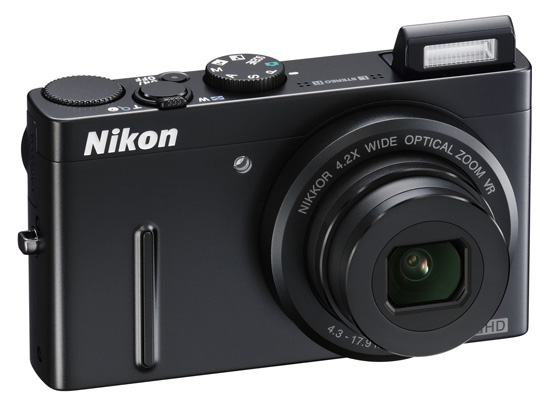
Pop-up flash is there if you need it
Naturally the 35 per cent size difference between the sensors of the Nikon P300 and the Canon S95 does result in the former producing slightly less detailed images but the disparity is less obvious than I had anticipated. Nikon’s retro illumination sensor technology amply compensates for the loss of pixel surface by producing images with vivid yet natural colours, smooth tonal gradation and very good contrast.
A by-product of this technology is the superior night and available light performance achievable with the Night Landscape mode. At both high and mid-range ISO speeds nighttime pictures were very bright and detailed, faithfully reproducing every lighting nuance visible to the human eye. Low light capture is also facilitated by long shutter speeds – up to 8s – a fast aperture lens and the VR image stabilisation function.
The P300’s small flash works really well as a fill-in light and due to its slightly canted position is less likely to produce red eyes. I was also surprised by the White Balance performance, which is one of the best one I’ve seen in both compacts and DSLRs. Not only was white balance always accurate in normal lighting conditions but, more importantly, for indoor shooting, available light settings resulted in perfectly balanced and natural colours without any yellow cast, even without the flash.
The P300 has an ISO range of between 160 and 3200 and up to ISO 400 produces noise-free, detailed images. From ISO 800 onwards noise becomes more visible and noise reduction kicks in resulting in well-processed colour noise but quite substantial loss of detail.
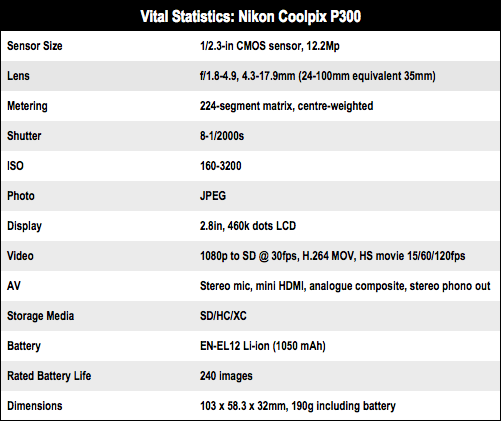
Close encounters
The Nikon P300 offers all the usual Scene modes expected of a compact plus a couple of noteworthy ones like the Easy Panorama function – a setting that creates near perfect 180 and 360 degree panorama views by simply panning the camera whilst pressing the shutter – and an excellent Macro mode that is able to focus as close as 3cm from the subject.
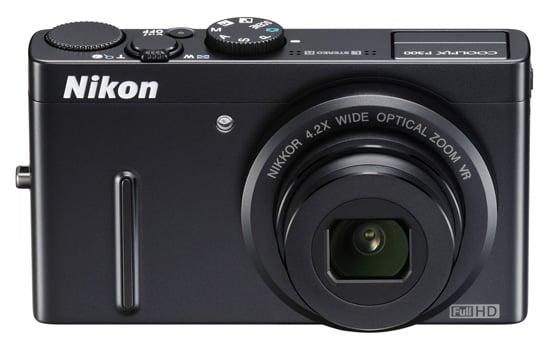
Quick to start with very responsive autofocusing
Coupled with the shallow depth of field provided by the f/1.8 aperture of the lens at its wide-angle setting, the macro results of this camera are quite terrific. The bright zoom lens is one of the main selling points of this compact. It delivers very good definition at wide apertures and sharp results virtually through all its focal range, without any noticeable aberrations or vignetting.
Creative options are available both at shooting and post-production stages. A Special Effects scene mode provides five basic but very good filters – Soft, Nostalgic Sepia, High-Contrast Monochrome, High-Key and Low-Key – whereas in post-production images can be improved with options such as Quick Retouch, D-Lighting and Skin Softening or modified by applying filter effects such as Cross Screen, Fisheye, Miniature Effect or Painting.
The Coolpix P300 can record Full HD 1080p movies at 30fps with additional options for video capture at 720p, VGA or High Speed mode, which records at 60 or 120 fps and can be played back in slow motion later. A stereo microphone located on the top plate of the camera allows very good sound reproduction and the video mode benefits from the full use of the zoom lens and all the creative effects.
Battery life was far shorter than Nikon’s official 240 shots rating but I suspect, having done the rounds, the review sample’s battery had rather been through the wars. The camera has an internal memory of approximately 90MB and supports SD/SDHC/SDXC memory cards.
Verdict
The Nikon Coolpix P300 might not quite match the image quality and fine detail resolution of the Canon S95 it was made to challenge but has its own merits and is a valid and competitive alternative to most expert compacts in the market. With a street price of around £250, the Coolpix P300 is much cheaper than the Canon and other competitors like the Olympus XZ-1 and the Panasonic Lumix DMC-LX5. If you can go without RAW capture and would appreciate the benefits of its fast performance and Full HD video recording, then Nikon's Coolpix P300 seems a bit of a bargain. ®
Catherine Monfils is a professional photographer specialising in portraiture, lifestyle and fashion.
More Camera Reviews… |
||||
 Panasonic Panasonic
Lumix DMC-GF2 |
 Fujifilm Fujifilm
Finepix X100 |
 Olympus Olympus
PEN E-PL2 |
 Samsung Samsung
EX1 |
 Leica Leica
M9 |
